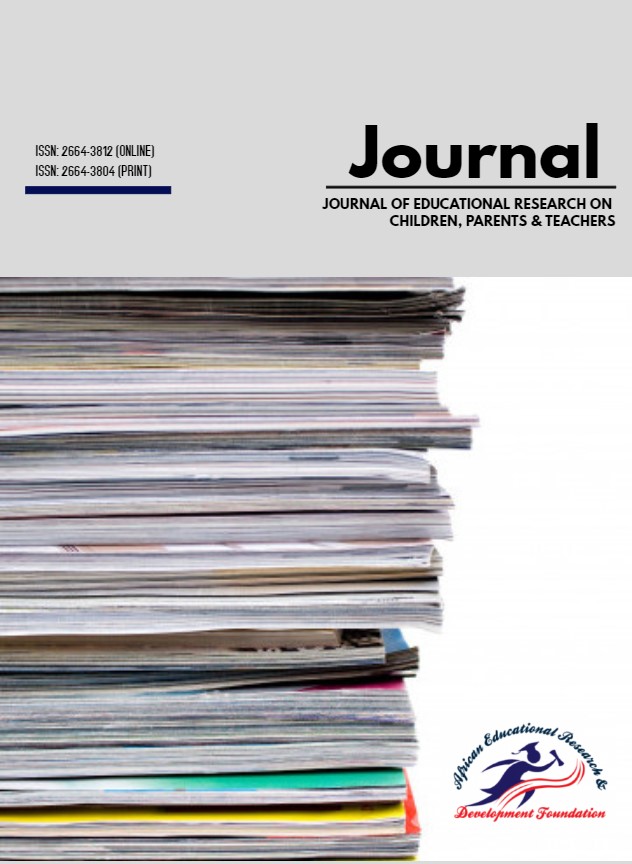Christian Ngozi1; Onoja Emmanuel Agada1; Emmanuel Sunday Odo2; & Ugwuanyi, Christian Sunday3
A lot of academics in educational research have been unable to link up with usage of
artificial intelligence towards the actualization of quality education (SDG 4) goal due to a
gap on the technical knowledge required for AI development and deployment in
educational assessment. Therefore, researchers carried out a study titled “application of
Item facility indices in development of CAT test adaptive logic following a supervised
machine learning technique in educational research” This study employed a Research
and Development (R&D) design to create a Computer Adaptive Test (CAT) utilizing
achievement tests and a concise decision tree based on item facility indices. The
sample consists of 50 participants, with a reliability index of 0.74. The X-calibre using
IPLM was used to ascertain and categorize test items based on the b-parameter,
representing item difficulty. Items were classified as low difficulty (b < -1), moderate
difficulty (-1 ≤ b ≤ 1), and high difficulty (b > 1). Easy items included Items 1, 4, 5, 6, 7,
9, 21, 27, 30, 39, 41, 44, and 45, while moderate items comprised Items 3, 8, 10, 11,
13, 14, 15, 16, 22, 23, 24, 26, 32, 38, 40, 42, 43, 46, 47, 48, and 50. Hard items
included Items 2, 12, 17, 18, 19, 20, 25, 29, 34, 35, 36, 37, and 49. Facility indices were
used to construct a decision tree for adaptive logic, categorizing b-parameters as easy
(-4 ≤ x ≤ -1), moderate (-0 ≤ x ≤ 0), and hard (+1 ≤ x ≤ +4). The system dynamically
adjusts item difficulty based on examinee responses, tailoring the test to match
individual abilities. This approach exemplifies how facility indices can be leveraged to
develop an AI-driven adaptive assessment tool, improving testing efficiency and
accuracy by personalizing the experience for each examinee. The results highlight the
potential of AI technologies in revolutionizing educational assessment systems.
Keywords: Computer Adaptive test, Artificial intelligence, Facility indices & CAT design
Publication Date:
11/2024
Volume, Issue and Page Number:
Vol.5, Issue 2, Pgs. 310 - 324
License:
Abstract
[Full Article]
1Department of Science Education, University of Nigeria Nsukka, Enugu State Nigeria.
2Faculty of Education, Kogi State University, Kogi State
3Faculty of Education, University of the Free State, South Africa
Corresponding author: Ngozi.christian.pg00252@unn.edu.ng

Subscribe To Us
You can subscribe to articles by our contributors and authors by filling in the form with your email address. Your research interest is our interest.
Designed & hosted by Be IT Specialists

